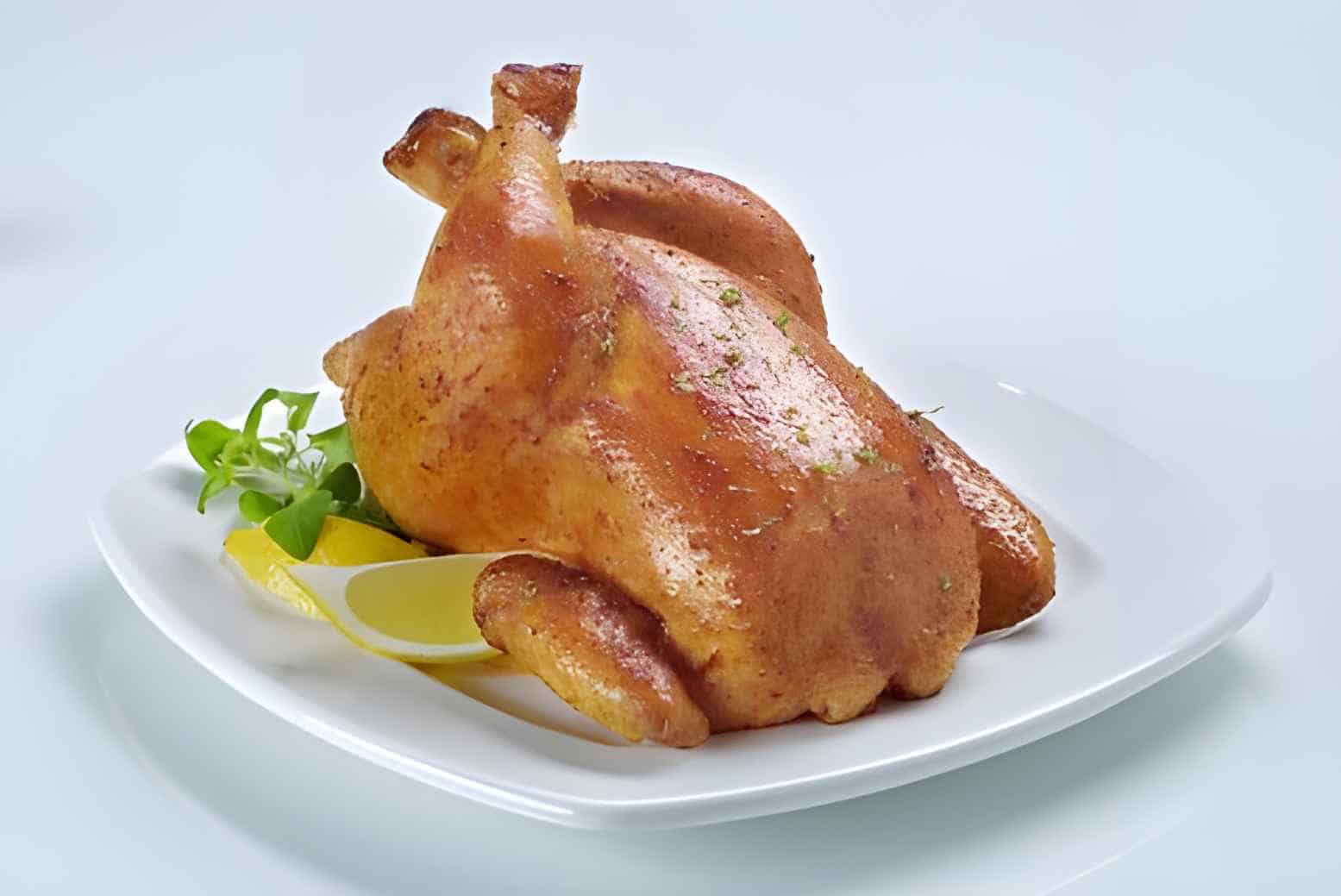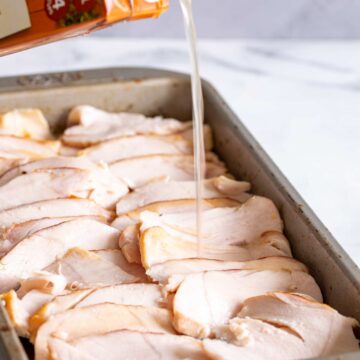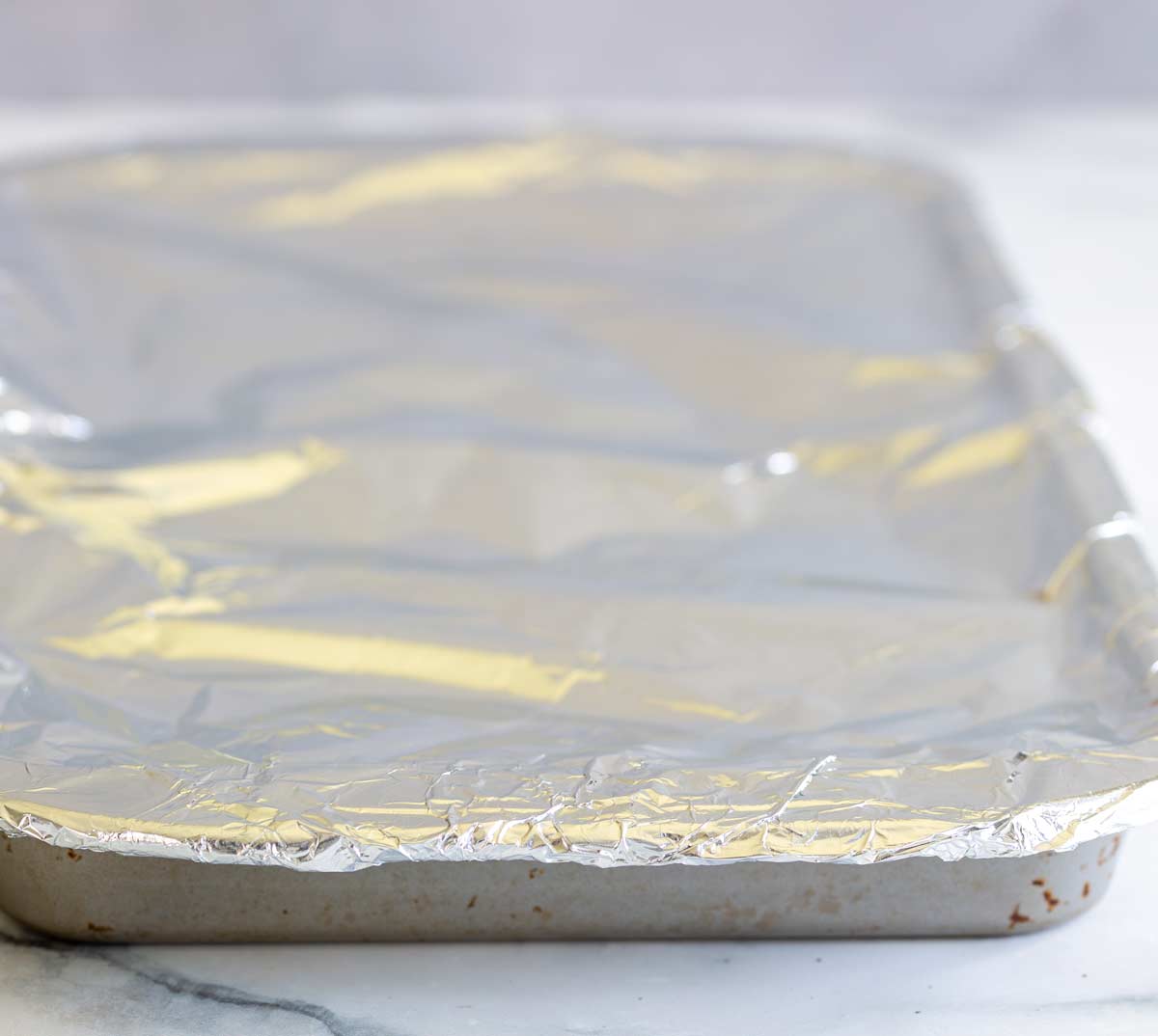Thanksgiving and Christmas are about family, friends, and food. And as the centerpiece of many holiday feasts, the turkey is a crucial element of the meal.
However, cooking a turkey can be challenging for even the most experienced home cooks. I have overcooked a few in my time! I know how disappointing and frustrating it is when youve put in so much effort to prepare a delicious holiday meal.
When a turkey is cooked too long, the meat can become dry and tough, making it difficult to enjoy. Additionally, overcooked turkey can be less flavorful, as the heat can cause the natural juices to evaporate. Today, I want to share my top tip for how to save an overcooked turkey and sitting down to a great meal with your family and friends.
When cooking a holiday feast, broth or stock is your best friend!! That and a bit of butter!
If you can find it, turkey broth is the best option, followed by chicken and vegetable broth/stock.
It doesnt have to be a carton; you can prepare some using a chicken or turkey bouillon base like “Better than Bouillon.”
As the centerpiece of many holiday meals, a beautifully roasted turkey can really make the occasion feel special. But nothing’s more disappointing than cutting into that golden brown bird only to find the meat rubbery and dry.
After all the effort that goes into preparing the perfect turkey why does it sometimes turn out subpar? Here are the most common culprits behind rubbery turkey meat and how to avoid them
Overcooking
The number one reason behind dry, rubbery turkey is overcooking. Poultry needs to reach 165°F internally to be safe to eat. But going much beyond that temp causes the proteins to shrink and squeeze out moisture.
How to avoid Invest in a good meat thermometer. Test the thickest part of the breast and thigh without touching bone. Once it hits 165°F remove it from the oven. Let it rest at least 30 minutes before carving so the juices redistribute.
Under Brining
Brining, aka soaking the turkey in a saltwater solution, helps the meat retain moisture and prevents dryness. But skipping this step or not brining long enough can lead to a rubbery bird.
How to avoid: Make sure to brine the turkey 12-24 hours before cooking. Use a ratio of 1 cup salt dissolved per gallon of water. Rinse well before roasting.
High Roasting Temp
Cranking up the oven temp may seem like a good way to speed up roasting time. But it often backfires, resulting in a burnt exterior and undercooked, rubbery interior.
How to avoid: Stick to lower roasting temperatures like 325°F for a 12-15 lb turkey. For larger birds, drop the temp even more, to around 300°F. Slow roasting allows the interior to cook through without over browning the outside.
Not Enough Seasoning
Lack of flavor can contribute to a rubbery texture. Seasonings not only make the turkey taste better but also help break down muscle fibers.
How to avoid: Generously season the turkey inside and out with:
- Salt and pepper
- Herbs – thyme, sage, rosemary
- Spices – garlic powder, onion powder, paprika
- Butter/oil for browning
Improper Carving
Carving the turkey incorrectly can turn it tough and shreddy. Once those juices run out, it’s hard to rehydrate the meat.
How to avoid: Wait at least 30 minutes after its out of the oven before carving. Use an electric knife or very sharp chef’s knife. Slice across the grain in thin, even pieces to prevent ripping and tearing.
Frozen Turkey
While thawed frozen turkey can still turn out tasty, it does require some special handling. The freezing process causes the meat to lose moisture, upping the risk of dryness.
How to avoid: Thaw frozen turkey in the fridge 1 day for every 4-5 lbs. Cook at a lower temp and monitor it closely. Tent with foil if browning too quickly.
Older Bird
As turkey ages, the collagen breaks down, making the meat more likely to turn out stringy and chewy. Young turkeys under 16 weeks old have the most tender meat.
How to avoid: Check the packaging for the turkey’s age and buy the youngest available. Heritage breeds also tend to have more tender meat.
Key Takeaways
Follow these tips when cooking your holiday bird and you’ll be rewarded with tender, juicy meat:
- Don’t overcook – use a meat thermometer
- Brine 12-24 hours before roasting
- Roast at 325°F or lower
- Season generously inside and out
- Let rest 30 minutes before carving
- Use a sharp knife and slice across the grain
- Cook frozen turkey thawed in fridge
- Select a young turkey, ideally under 16 weeks old

And if all else fails
Have another drink and eat all your delicious sides. I promise that it is just a hiccup and youll laugh about it one day.
If you try this recipe, please come back and comment. You can also tag me on social media.
Any questions about the recipe? Use the comments section below.

Using broth to moisten the turkey
If your turkey breast meat is overcooked, first things first if you drink, pour a glass of wine and remember that everyone is there to celebrate the holidays, and that is all about family and friends. So take some deep breaths and move on. You cant go back and cook it less, but you can make it taste good.
Slice the turkey breast and lay it into a roasting dish. Drizzle over 2 tablespoons of melted butter, and then take your broth/stock and pour it over the slices.
How much broth you need depends on the size of your turkey and how overcooked it is! But I work on around 1 cup per breast, so 2 cups per whole turkey.
Cover the dish with aluminum foil and seal the edges well. Then place in the oven at 200ºF/90ºC for 15 minutes. The turkey will soak up the broth/stock.
Next, pull the meat from your turkey legs. Usually, if the breast is overcooked, the legs are perfectly cooked!
Add the leg meat to another dish, add ¼ cup of broth, seal the dish the same way, and place it in the oven to keep warm.

To serve the sliced turkey, lay the slices onto a serving dish and arrange the leg meat in one corner. Take ¼ cup of your hot gravy and add 2 tablespoons of hot broth, stir to thin the gravy, and then drizzle it all over the slices of turkey.
Why is my turkey breast rubbery?
FAQ
How to fix a rubbery turkey?
What does it mean when your turkey is chewy?
Does turkey get tougher the longer you cook it?
What makes turkey skin rubbery?
Why is my Turkey rubbery?
There can be a lot of reasons why a turkey can turn out rubbery. It is important to know the potential causes so that you can avoid this in the future. The most common reason for a rubbery turkey is that it has not been cooked long enough. Some people think that a rubbery turkey is just something that happens, but it is actually quite preventable.
Why is my dark meat rubbery?
When the dark meat of the legs and thighs is rubbery, it’s usually because it hasn’t cooked long enough. It’s technically safe to cook the dark meat to just 165 degrees Fahrenheit—the same as the breast meat. However, this temperature isn’t ideal for the richer meat on the thighs and drumsticks.
Why is my smoked turkey skin rubbery?
When the skin on your smoked turkey is rubbery, it’s usually because there was too much moisture in the environment. A low smoker temperature can affect the meat itself, as well as the skin. If the skin is rubbery, you can try to offset it by reverse-searing the turkey over direct heat or browning it in the oven.
Does basting a Turkey cause rubbery skin?
By now you can kind of tell that excess moisture and rubbery turkey skin go hand in hand. So, although it may seem like basting or mopping your turkey will help add layers or flavor and keep things moist, it definitely can cause tough rubbery skin. Basting or mopping halts the dehydration process of the turkey skin.
